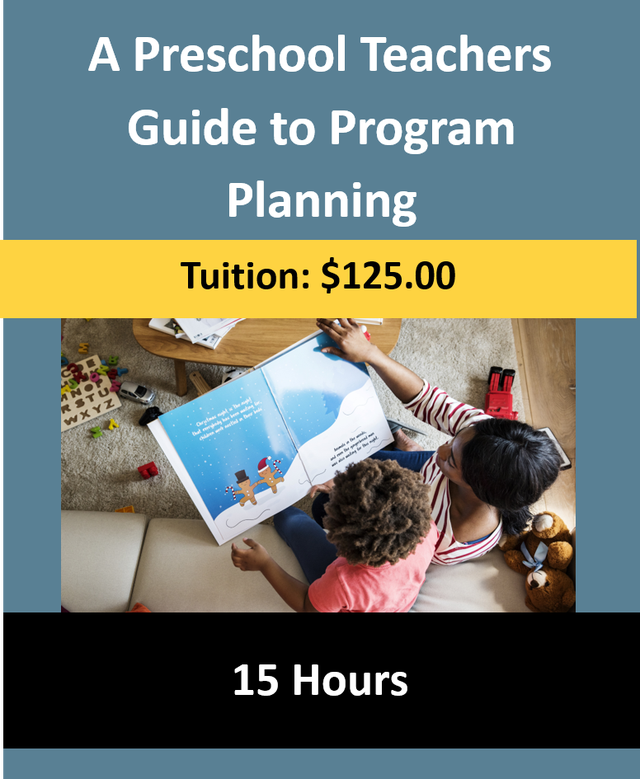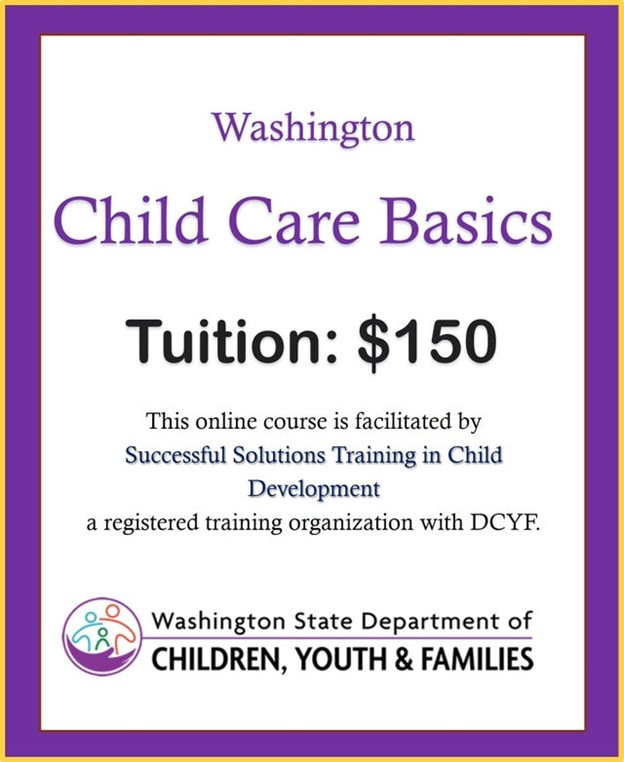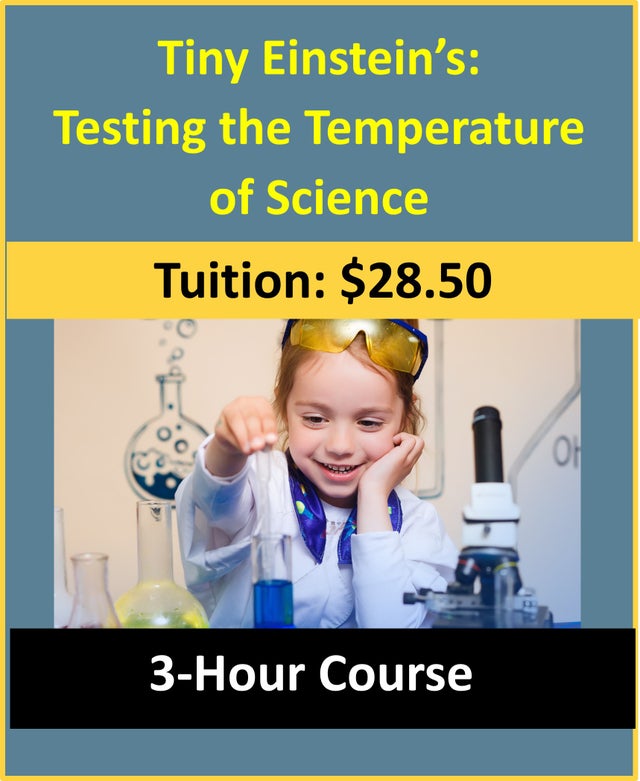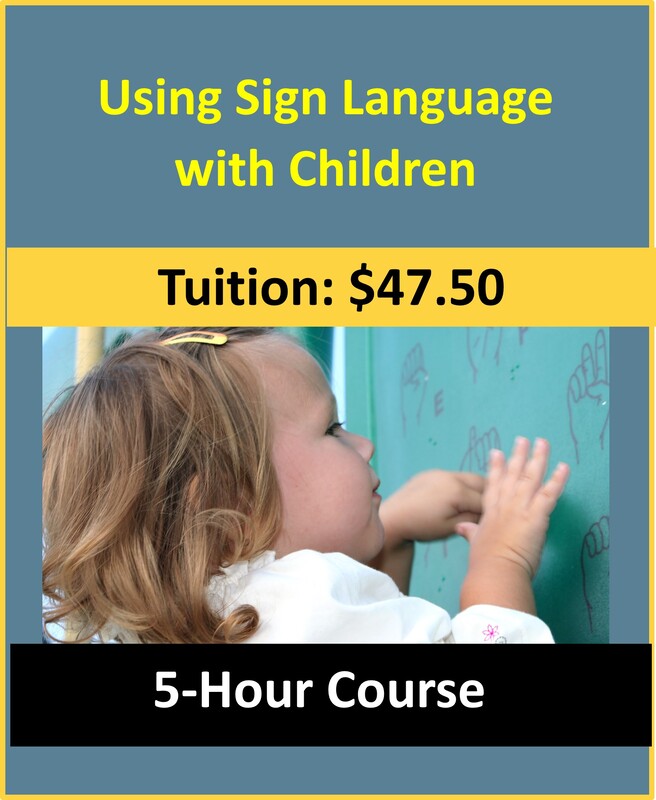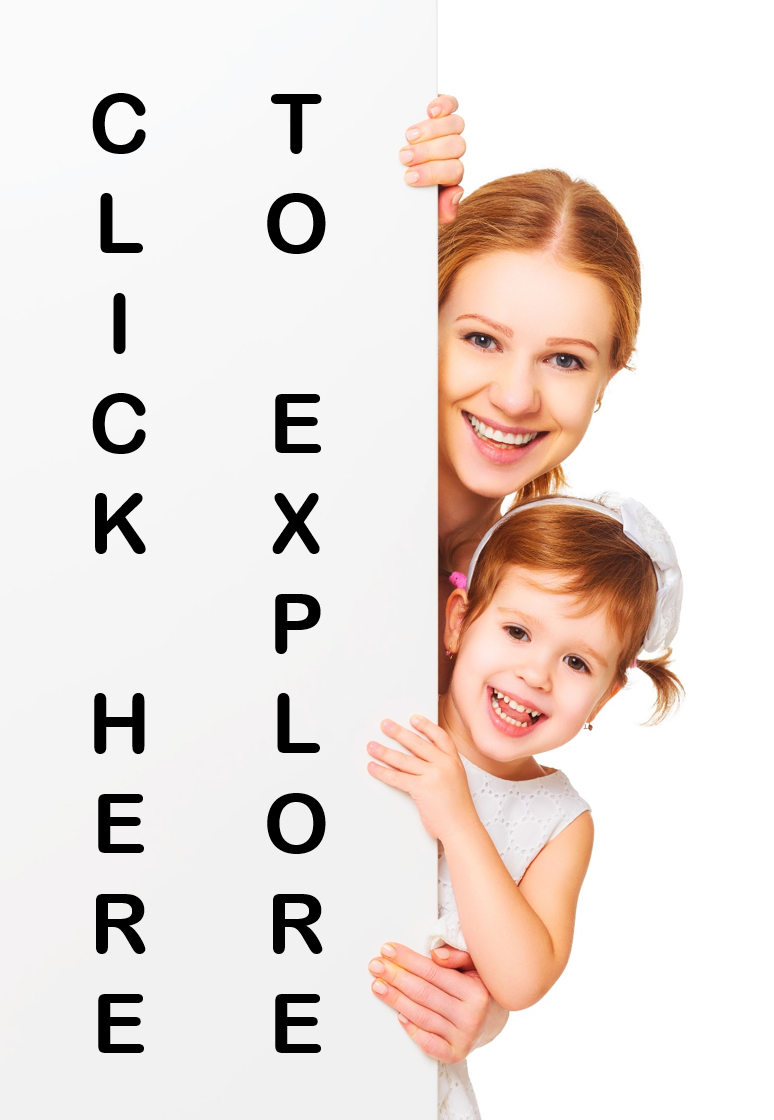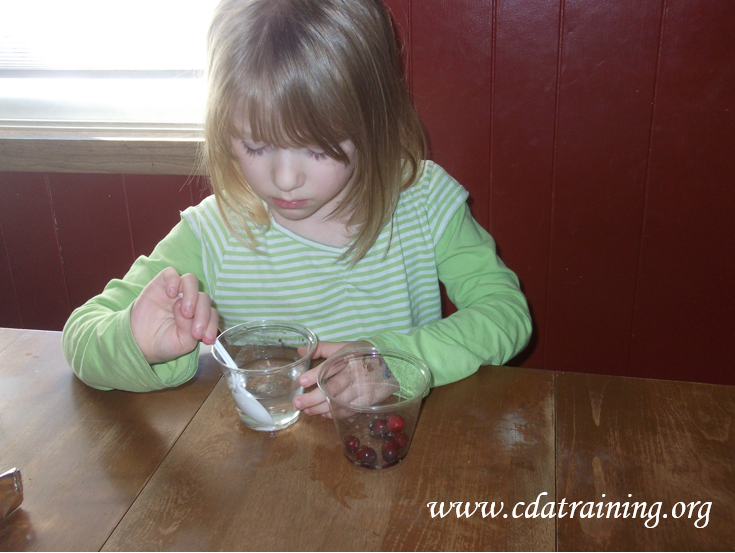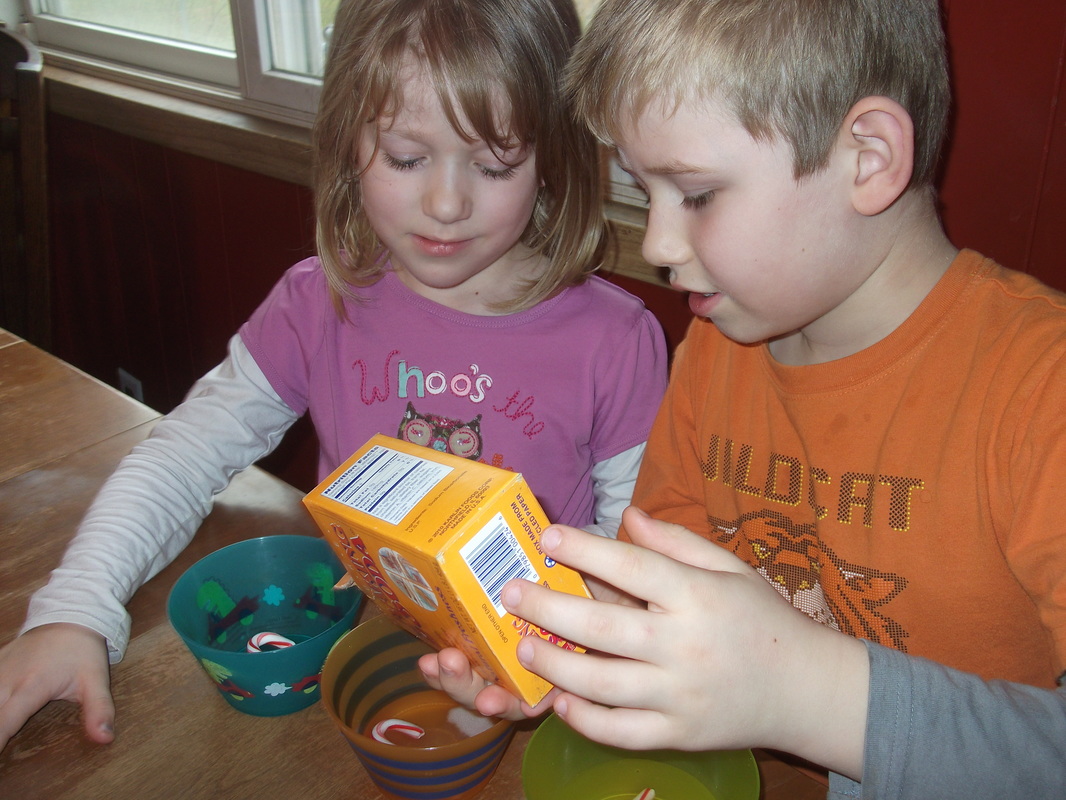Let’s Make a Mountain…and then eat it!
Let’s Make a Mountain…and then eat it!
Lesson plan developed by Aurora Tollestrup, BS Ed
Age Group:
Objectives:
Children will:
- be able to explain how mountains are made via plate tectonics.
EALR 2
- Inquiry
- Big Idea: Inquiry (INQ)
Grades K-1: Answer questions by explaining observations of the natural world.
Materials:
- 2 graham crackers per team
- paper plates
- whipped cream (similar to Cool-Whip, not the whipped cream in an aerosol can)
- bowl of water
Resource:
Geography4Kids; Earth Tectonics- http://www.geography4kids.com/files/earth_tectonics.html
Anticipatory Set:
- Ask the children how mountains are made.
- Allow the children to answer with their best guesses and write them on a white board or large piece of paper.
- Next, tell the children that you will be making mountains and eating them!
Procedure:
- Divide the children into teams of two after all the children have washed their hands.
- Spread an even layer of whipped cream on each paper plate.
- Dip each graham cracker in water for a brief second or two and then lay two crackers side by side on top of the whipped cream.
- Instruct the children to push each graham cracker toward the middle of the plate to push against each other to create a mountain.
- Explain to the children that there are 8 major tectonic plates and tons of smaller plates that cover the surface of the earth.
- These plates are always moving, little by little, pushing against each other.
- Over millions and millions of years mountains are formed by the plates (graham crackers) pushing against each other and moving upwards to create a mountain.
- Eat the mountains!
Assessment:
- Record the children's ability to explain how mountains are formed when asked.
Science
|
“Science is magic that works.” –Kurt Vonnegut
Science is the study of the natural world and all of its laws which includes biology, physics and chemistry. The most important aspect of the study of science is that the use of facts, concepts, controls, and tests are used to prove or disprove scientific theories with evidence. Over time, these scientific theories may be elaborated, further studied, or connected to new or different ideas. Science is always changing, but it stays factual and evidence-based no matter what. |
Science in the Classroom
Science is often viewed as a complex subject requiring years and years of experience. The truth is that science is all around us constantly. Science includes the study of life sciences, physical sciences, space sciences and more. Most curriculums, whether they are in STEM schools or not, include science lessons to some degree. Often, teachers are unable to spend a large amount of instruction time focusing on science due to the high demand of math and literacy instruction. Most teachers, however, are able to build science lesson plans into their overall curriculum.
It is critical to provide fact-based, evidence supported information when delivering a science lesson. How you deliver the lesson is completely up to you. Whether you create a lesson plan about the solar system by creating a model, or having children dress up as planets and orbit around the teacher as the sun, it is a science lesson that will teach your students about one of the many important realms of science.
Science is often viewed as a complex subject requiring years and years of experience. The truth is that science is all around us constantly. Science includes the study of life sciences, physical sciences, space sciences and more. Most curriculums, whether they are in STEM schools or not, include science lessons to some degree. Often, teachers are unable to spend a large amount of instruction time focusing on science due to the high demand of math and literacy instruction. Most teachers, however, are able to build science lesson plans into their overall curriculum.
It is critical to provide fact-based, evidence supported information when delivering a science lesson. How you deliver the lesson is completely up to you. Whether you create a lesson plan about the solar system by creating a model, or having children dress up as planets and orbit around the teacher as the sun, it is a science lesson that will teach your students about one of the many important realms of science.
|
How to include science in your program:
|
